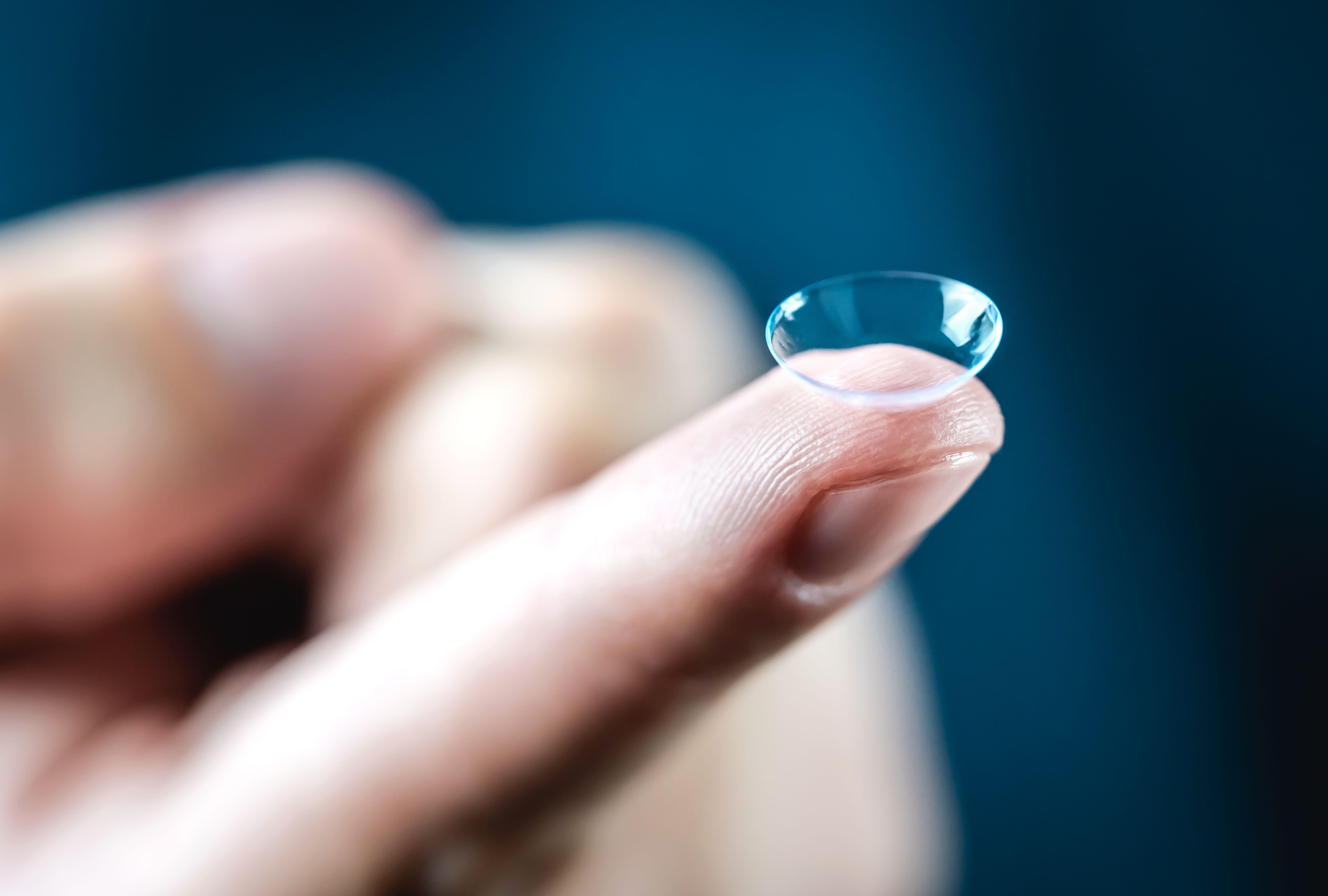Thinking of getting contact lenses? This is what you should consider first
Just like with regular lenses, you can have different prescriptions for each eye, says Liz Connor.

Your support helps us to tell the story
This election is still a dead heat, according to most polls. In a fight with such wafer-thin margins, we need reporters on the ground talking to the people Trump and Harris are courting. Your support allows us to keep sending journalists to the story.
The Independent is trusted by 27 million Americans from across the entire political spectrum every month. Unlike many other quality news outlets, we choose not to lock you out of our reporting and analysis with paywalls. But quality journalism must still be paid for.
Help us keep bring these critical stories to light. Your support makes all the difference.
There are some struggles that only glasses wearers can relate to. They always seem to need cleaning. They tend to go missing just as you’re about to leave the house. Plus, something as inconsequential as wearing a mask can make them fog up and impair your vision.
Contact lenses can have clear advantages, but if you’re thinking about making the switch, there are a few things you should know right from the off. To help, we asked experts to share their top tips.
1. You’ll need a new prescription
“It’s not simply a matter of transferring your glasses prescription over to contact lenses,” says Sharon Copeland, contact lens optician at Feel Good Contacts (feelgoodcontacts.com).
“If you are thinking of making the switch from spectacles to contact lens use, you’ll need to visit your opticians first.
“There, they’ll conduct a professional eye test and make a recommendation on the type and brand of contact lenses that would be best for you. Correcting your vision and ensuring comfort should be the key concerns of the optician.”
2. Consider the types of lenses you need
“Daily disposables are great for travelling, as there’s no need for cleaning. However, opting for twice monthly or monthly lenses, means you need less pairs for the whole month and so offer better value,” says Giles Edmonds, Specsavers clinical services director (specsavers.co.uk).
There are are also lots of different types of contact lenses, that vary in many ways – from the material they’re made from to the levels of oxygen they allow through to your eyes.
“As they sit directly on the surface of the eye, you can avoid distortion or reflections that people sometimes experience when wearing glasses. This is great for when playing sports or driving,” adds Edmonds.
3. Make sure to practise basic hygiene
“Following simple hygiene and care guidelines when you’re putting in your contacts will keep your eyes healthy and ensure your vision stays clear,” says Edmonds.
“Always wash and dry your hands before handling your contact lenses, and don’t share them with anyone else. Don’t sleep in your lenses unless you’ve been advised to do so, and avoid using tap water or any other water on your lenses or case.”
4. It can be an adjustment to go back
“If you do choose to go back to wearing glasses after having worn contact lenses for some time, you may experience some minor issues, such as headaches or dizziness, as you go through the settling-in phase,” says Copeland.
“If you’ve been wearing high-prescription contact lenses for a significant period of time, your brain may take several days – or even weeks – to adjust to this change.”
If you’ve got a question about contact lenses, such as which type works best for you, how to put them in, take them out, or clean them, speak to your optician, who can give you advice.